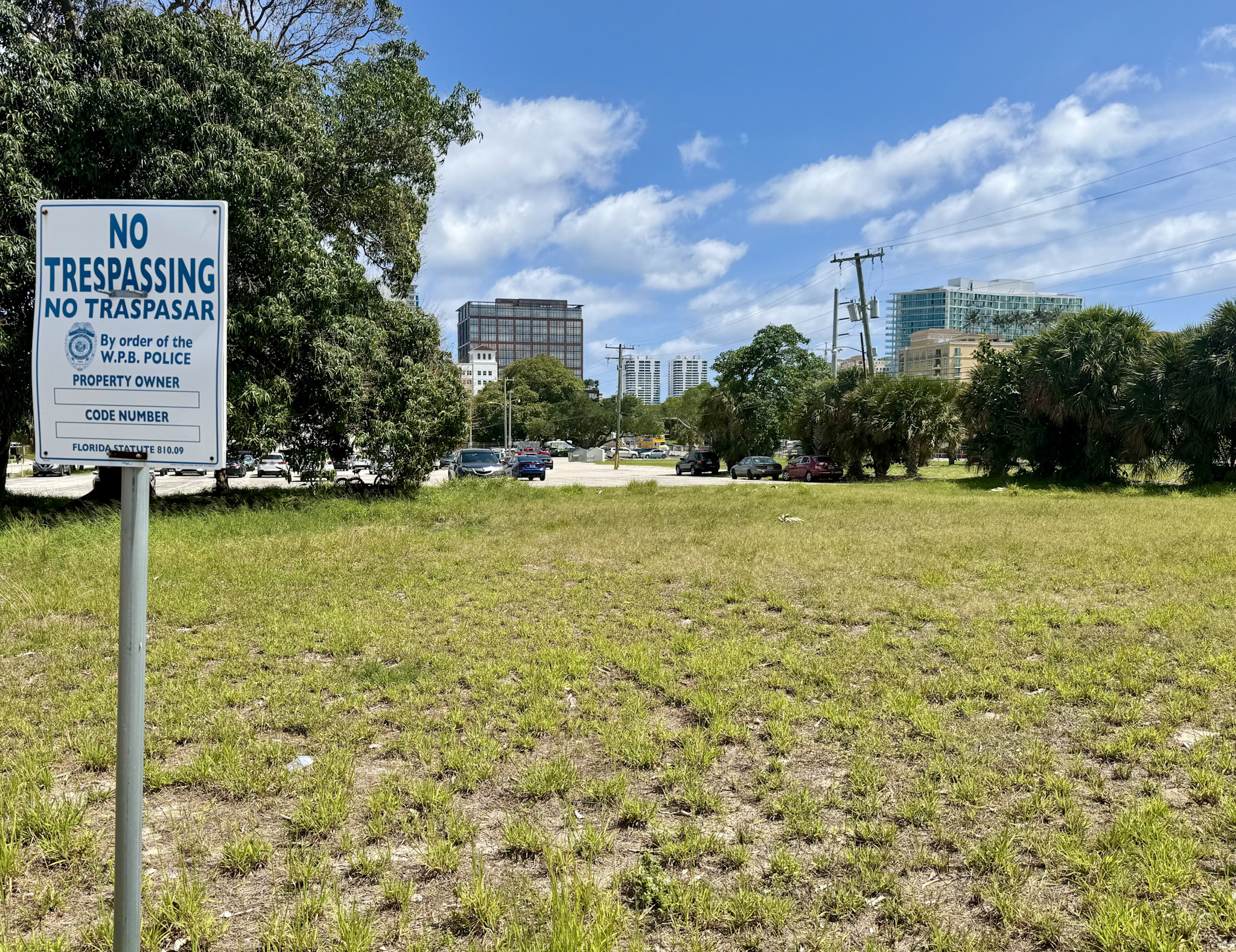
UK Carbon Emissions Reduction Report: Progress and Challenges Aligned with Sustainable Development Goals
Overview of Emissions Reduction
The United Kingdom has successfully reduced its carbon emissions by 50.4% compared to 1990 levels, according to the Climate Change Committee (CCC), an expert advisory group to the government. This milestone reflects significant progress in the nation’s commitment to the Sustainable Development Goals (SDGs), particularly SDG 13: Climate Action.
Scope of Emissions Assessment
- The CCC’s report evaluates carbon pollution from multiple sectors including power generation, industry, road transport, residential buildings, aviation, and farming.
- It excludes emissions related to UK consumption of imported goods, which have increased by 80% between 1996 and 2022, mainly due to imports from China as the UK economy shifted towards services.
Key Drivers of Emissions Reduction
Decarbonisation of Electricity Generation
The primary driver of emissions reduction has been the closure of coal-fired power plants and the transition to renewable energy sources, supporting SDG 7: Affordable and Clean Energy. The report highlights:
- Renewables replacing coal and increasingly natural gas in electricity generation.
- Significant decrease in greenhouse gas emissions from the power sector.
Challenges in Aviation Emissions
Despite overall progress, emissions from aviation have increased, now contributing a larger share of total UK emissions than the entire electricity supply sector. This trend poses risks to achieving future climate targets and SDG 13.
Government Policy and Public Benefits
- The interim CCC chair, Piers Forster, emphasized the importance of ensuring public support by making the transition to renewable energy economically beneficial, such as through lower electricity bills.
- Reducing reliance on fossil fuels is also critical for energy security amid geopolitical instability.
Sectoral Progress Beyond Energy Supply
The report stresses that over 80% of emissions reductions needed by 2030 must come from sectors other than energy supply, aligning with SDG 11: Sustainable Cities and Communities and SDG 12: Responsible Consumption and Production.
Road Transport and Electric Vehicles
- Electric vehicles now constitute 19.6% of the UK car market, with 1.5 million electric cars on the road—doubling in the past two years.
Residential Heating and Tree Planting
- Heat pump installations increased by 56% in 2024, though they still represent only about 1% of homes, indicating room for improvement in sustainable housing.
- Tree planting efforts rose by 59% in 2023-24, reaching the highest rate in two decades, contributing to SDG 15: Life on Land by enhancing carbon sequestration.
Recent Emissions Trends and Government Actions
Continuous Emissions Decline
Emissions covered in the CCC assessment fell by 2.5% in 2024, marking the tenth consecutive year of decline (excluding pandemic years), demonstrating sustained commitment to SDG 13.
Policy Contributions
- Previous Conservative government policies laid much of the groundwork for emissions reductions.
- The current Labour government, led by Prime Minister Keir Starmer, has enacted bold policies in 2024, including:
- Removing planning barriers to renewable energy deployment.
- Clarifying the clean power mission.
- Reinstating the 2030 phase-out date for new petrol and diesel vehicles.
Environmental Concerns and Planning
Relaxation of planning rules has sparked debate, with environmental groups warning that inappropriate siting of renewable projects—such as on peatlands—could increase emissions of potent greenhouse gases like methane, potentially undermining SDG 15.
Future Commitments and International Context
Adaptation and Monitoring
The CCC is mandated to review the UK’s climate adaptation progress biennially, ensuring ongoing alignment with SDG 13 targets.
Enhanced Emissions Reduction Target
In November, Prime Minister Starmer committed the UK to an 81% reduction in greenhouse gas emissions by 2035 relative to 1990 levels, reinforcing the nation’s leadership role in global climate action. This announcement coincided with the United Nations COP29 climate conference in Baku, Azerbaijan.
Conclusion
The UK’s progress in reducing carbon emissions demonstrates significant alignment with multiple Sustainable Development Goals, particularly SDG 7, SDG 11, SDG 12, SDG 13, and SDG 15. Continued efforts across all sectors, supported by robust government policies and public engagement, remain essential to meet ambitious climate targets and ensure sustainable development.
1. Sustainable Development Goals (SDGs) Addressed or Connected
- SDG 7: Affordable and Clean Energy
- The article discusses the decarbonisation of the electricity system and the increase in renewable energy replacing coal and gas.
- It mentions the importance of moving to homegrown renewable energy to reduce reliance on fossil fuels.
- SDG 11: Sustainable Cities and Communities
- Progress in reducing emissions from road transport, including the rise of electric vehicles, relates to sustainable urban mobility.
- Heat pump installations in homes also contribute to sustainable living environments.
- SDG 13: Climate Action
- The core focus of the article is on reducing greenhouse gas emissions and meeting climate targets.
- The UK government’s commitment to reducing emissions by 81% by 2035 and the Climate Change Committee’s assessments are central to climate action.
- Tree planting to absorb carbon also supports climate mitigation efforts.
- SDG 15: Life on Land
- Tree planting efforts and concerns about inappropriate siting of renewables on peatlands relate to sustainable land use and ecosystem preservation.
2. Specific Targets Under the Identified SDGs
- SDG 7: Affordable and Clean Energy
- Target 7.2: Increase substantially the share of renewable energy in the global energy mix.
- Target 7.3: Double the global rate of improvement in energy efficiency.
- SDG 11: Sustainable Cities and Communities
- Target 11.2: Provide access to safe, affordable, accessible and sustainable transport systems for all.
- Target 11.b: Increase the number of cities adopting integrated policies and plans towards inclusion, resource efficiency, and mitigation of climate change.
- SDG 13: Climate Action
- Target 13.2: Integrate climate change measures into national policies, strategies, and planning.
- Target 13.3: Improve education, awareness-raising and human and institutional capacity on climate change mitigation, adaptation, impact reduction, and early warning.
- SDG 15: Life on Land
- Target 15.1: Ensure the conservation, restoration and sustainable use of terrestrial and inland freshwater ecosystems and their services.
- Target 15.2: Promote the implementation of sustainable management of all types of forests.
3. Indicators Mentioned or Implied to Measure Progress
- SDG 7 Indicators
- Proportion of renewable energy in total final energy consumption (implied by the shift from coal and gas to renewables).
- Energy intensity measured in terms of primary energy and GDP (implied by energy efficiency improvements such as heat pump installations).
- SDG 11 Indicators
- Proportion of population using public transport and electric vehicles (implied by electric vehicles representing 19.6% of the car market and 1.5 million electric cars on roads).
- Percentage of homes using energy-efficient heating systems such as heat pumps.
- SDG 13 Indicators
- Greenhouse gas emissions per capita and per GDP (explicitly mentioned as a 50.4% reduction since 1990).
- Annual percentage reduction in greenhouse gas emissions (2.5% reduction in 2024 reported).
- Progress towards national emission reduction targets (81% reduction by 2035 target).
- Area of forest and tree cover planted (59% increase in tree planting in 2023-24).
- SDG 15 Indicators
- Forest area as a proportion of total land area (implied by tree planting efforts).
- Extent of degradation and restoration of peatlands and other ecosystems (implied by concerns over inappropriate renewable siting on peatlands).
4. Table of SDGs, Targets, and Indicators
| SDGs | Targets | Indicators |
|---|---|---|
| SDG 7: Affordable and Clean Energy |
|
|
| SDG 11: Sustainable Cities and Communities |
|
|
| SDG 13: Climate Action |
|
|
| SDG 15: Life on Land |
|
|
Source: themercury.com







